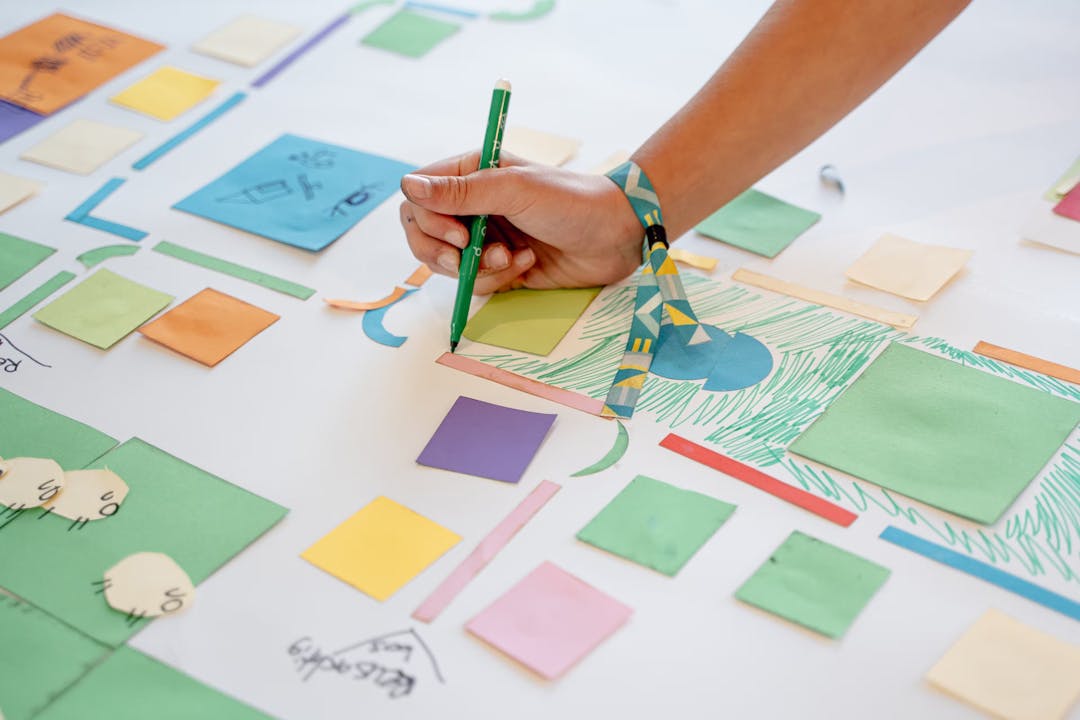How do children, who have hardly had any topography yet, look at their environment? How do they map their world, its boundaries, and the world beyond?
My goal is to humanize the map beyond the mere abstract and lifeless representation of the world by radically opening up to the inclusion of experiences and imaginations of people. I am particularly interested in understanding how children who have not yet had (much) topography lessons experience space, the borders in space, their movements in space, and the imaginations of the unknown. Creating an experience-map can, for instance, be done with migrant children, who could be asked to draw on their migration experiences. In addition to extra measures to create a safe(r) space, this may require special training in dealing with potential traumas that the drawing assignment may evoke. For this Maplab I have chosen to map the travel and border experience of a daily route of young children. Children spend most of their time at home or school. These are the places where most of the memories are created. But also where the first boundaries arise. Especially when it comes to the apparently mundane, routine spatial actions, much can be learned about the internal boundaries that have been learned, internalized, and normalized and the fantasies and dreams of and possible concerns about the world outside those learned boundaries. Are they allowed to go anywhere? And how do they depict the world beyond the bounds of the known? Is that a dreamland? Do dragons or other fantasy creatures live there?

The idea is that children make a map of the way from home to school. To this end, the children are first asked to draw what is present in the streetscape (roads, buildings, trees). Then, they are asked to indicate where they were allowed to go. Where are the boundaries? And lastly, they are asked to imagine and picture what could be behind these boundaries. What kind of world lies behind the known roads?
•
Draw (with a marker) your bedroom on an A3 paper.
Place furniture in the bedroom using cut-out shapes.
What floor is your bedroom on (write down a number)?
How do you walk/bike from your home to school?
• •
Indicate on the map where you are allowed to go.
• • •
Draw (with one or more markers) on or next to the map what you think is or could be there?
This workshop was part of book to jointly construct a new cartography of the world. By De Vormforensen and Henk van Houtum. More info can be found here.
Photography: Kevin Anthony Canales
